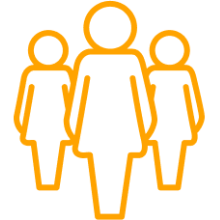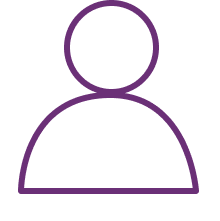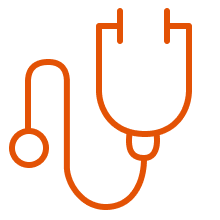




The average age at onset of the disorder is 30–40 years, though NMOSD can affect people at any age, with 20% of cases observed in children and in adults over the age of 65 years.3,7
Among aquaporin-4 immunoglobulin G (AQP4‑IgG) seropositive patients with NMOSD, females are affected more frequently – accounting for around 90% of cases – whereas an equal sex distribution is observed among AQP4‑IgG seronegative patients.3
Among aquaporin-4 immunoglobulin G (AQP4‑IgG) seropositive patients with NMOSD, females are affected more frequently – accounting for around 90% of cases – whereas an equal sex distribution is observed among AQP4‑IgG seronegative patients.3
AQP4, aquaporin-4; IgG, immunoglobulin G; NMOSD, neuromyelitis optica spectrum disorder.

healthcare professional
